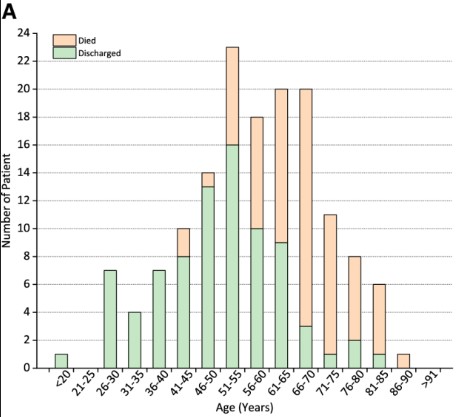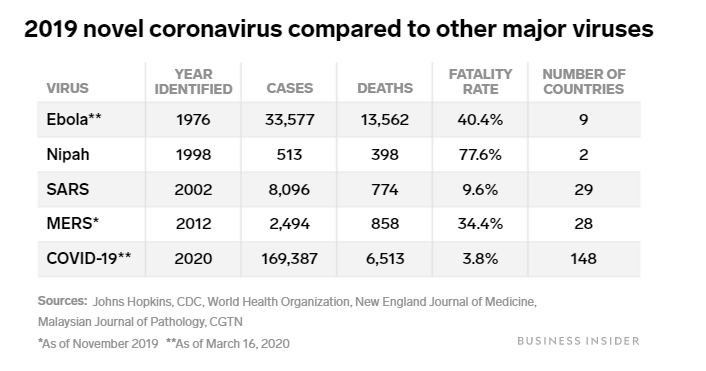hidden
Over 10 years experience of Traceability Solutions

By pharmatrax
Category: News
 No Comments
No Comments
What we know so far about Corona Virus Disease (COVID-19)
Halting whole economies and disrupting international travel, the SARS Corona Virus (SARS-CoV-2) has spread across continents, and will continue to spread, according to leading epidemiologists. Marc Lipsitch, Director of T.H. Chan School of Public Health, says that globally 40 – 70% of adults could be infected with the virus in the coming months.
Over 5,000 fatalities have occurred worldwide because of the disease caused by coronavirus known as COVID-19 (Corona Virus Disease 2019). The virus has a Case Fatality Rate (CFR) of 3.9% (as of 16 March 2020) and is highly transmissible. It is transferred primarily via small airborne droplets released while coughing and enters the body through eyes, ears, nose or mouth.
SARS-CoV-2 is very similar to the SARS virus that originated in Southern China and caused an epidemic that affected 26 countries in 2003 and it was over in 4 months. The coronavirus outbreak is not as deadly as the SARS epidemic of 2003, which killed around 10% of the more than 8,000 confirmed cases.
However, if not managed properly, this epidemic is predicted by epidemiologists to be more widespread than previous ones.
The majority of people who got infected with SARS got sick to the point of requiring hospitalization. However, SARS-CoV-2 seriously affects 2 major groups of people; the elderly or immunocompromised. While children and adults mostly get mild symptoms. This means that those who have mild symptoms won’t be diagnosed with COVID-19 and can spread the virus inadvertently to wherever they go increasing the transmissibility of the virus. This way the virus reaches more of those who are at risk.
It has been seen that people with one or more of the following characteristics are at an increased risk of getting seriously ill from SARS-CoV-2:

Those who smoke or have smoked
- Those who have diabetes (Type 1 or Type 2)
- Those who are over 60 years of age and have chronic medical conditions
- Those with high blood pressure or preexisting heart disease.
The primary pathology seen due to COVID-19 is diffuse alveolar damage. It has also been seen to cause gastrointestinal symptoms, causing some patients to be erroneously referred to surgical units in some hospitals.
In the most serious stages of the disease can require patients can get pneumonia and need to be placed on a ventilator for up to 4-6 weeks; being on a ventilator that long can cause its own set of complications.
According to a study comprising of 150 COVID-19 patients in Wuhan, China, the largest cause of death due to the disease is due to respiratory failure with the next major cause being a respiratory failure with myocardial damage/heart failure.

The 2 most common symptoms of COVID-19 according to the WHO are:
- fever (88 percent)
- dry cough (67.7 percent).
Less frequent symptoms include:
- sputum, or thick mucus from coughs
- shortness of breath
- sore throat
- and a headache.
An important characteristic of the disease is Elevated C-reactive protein (CRP),
Imaging of COVID-19 patients’ lungs has shown patchy infiltration that progresses to ground-glass opacities, often presenting bilaterally.
Most people recover from COVID-19 in a week or two.

As more and more cases come and time passes, scientists will develop a better understanding of the pathogenesis and treatment options to control the coronavirus. Until then it is appropriate to take precautionary measures until the full extent of the risk is understood.
Source:
[1] https://podcasts.apple.com/us/podcast/the-coronavirus-isnt-going-away/id1460055316?i=1000466938203
[3] https://link.springer.com/article/10.1007%2Fs00134-020-05991-x (Pie Chart and Bar Chart are from this study)
[5] https://academic.oup.com/nsr/advance-article/doi/10.1093/nsr/nwaa036/5775463



